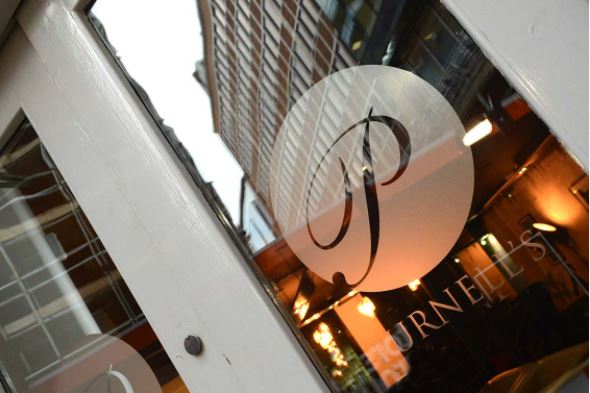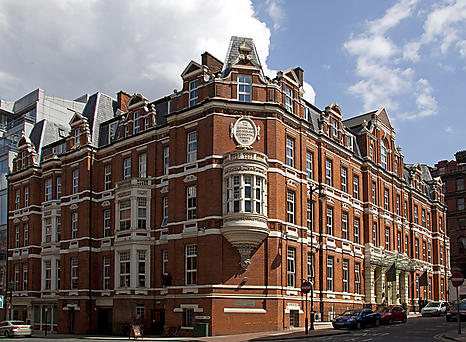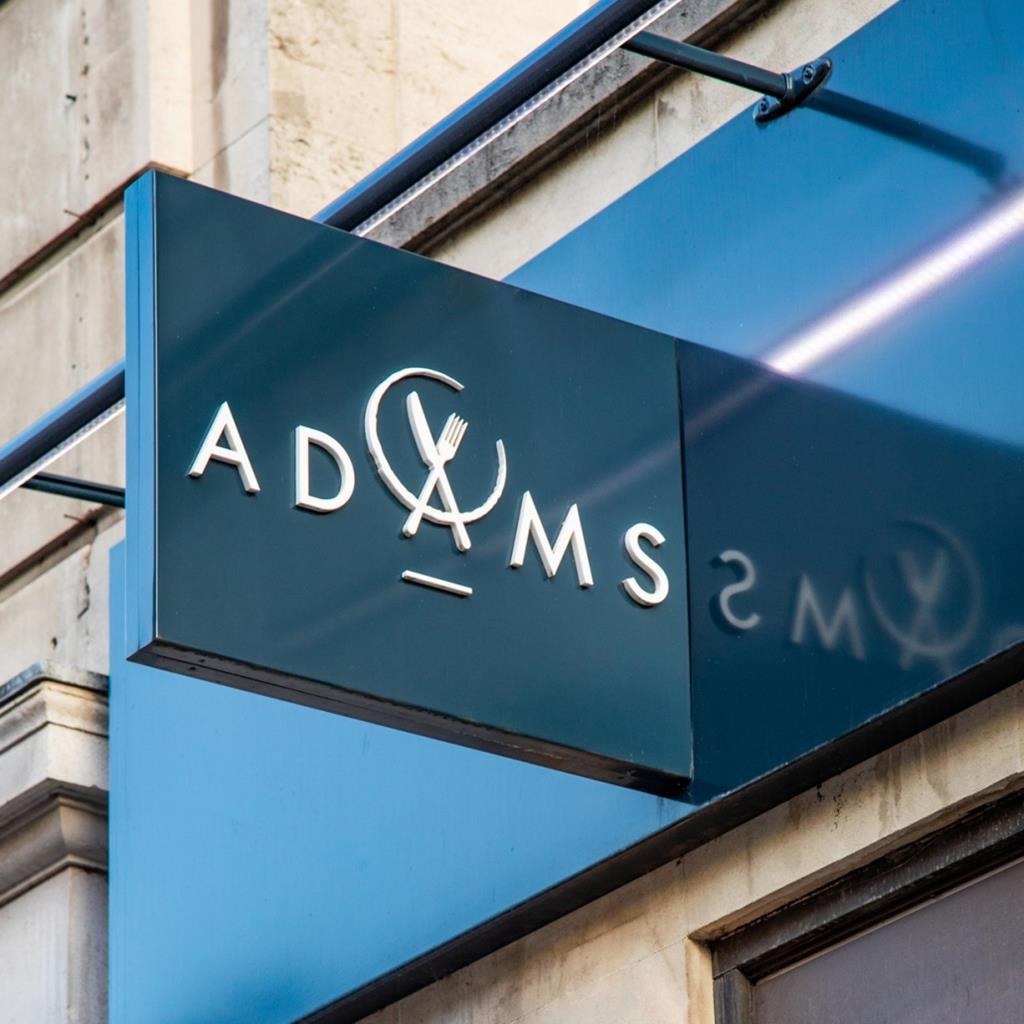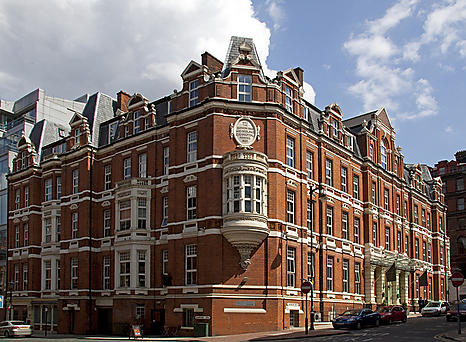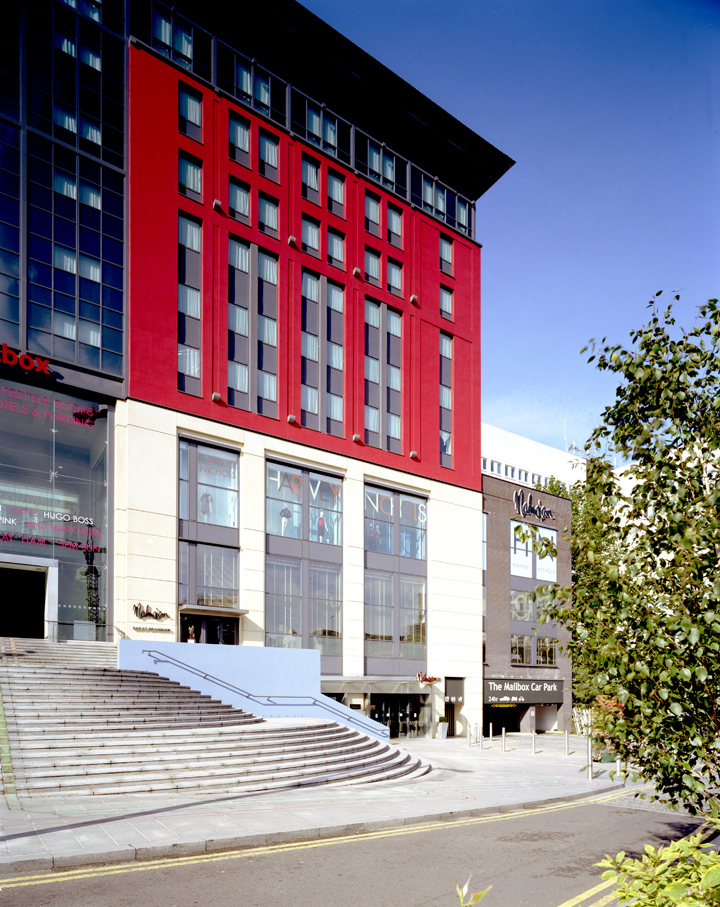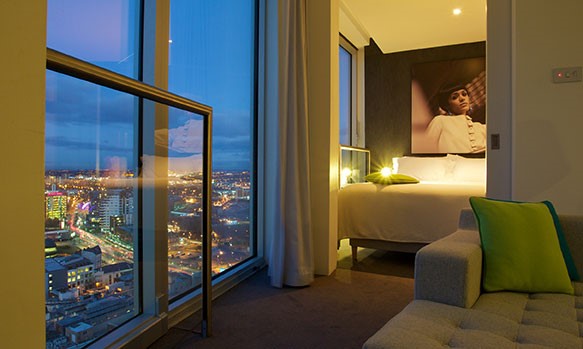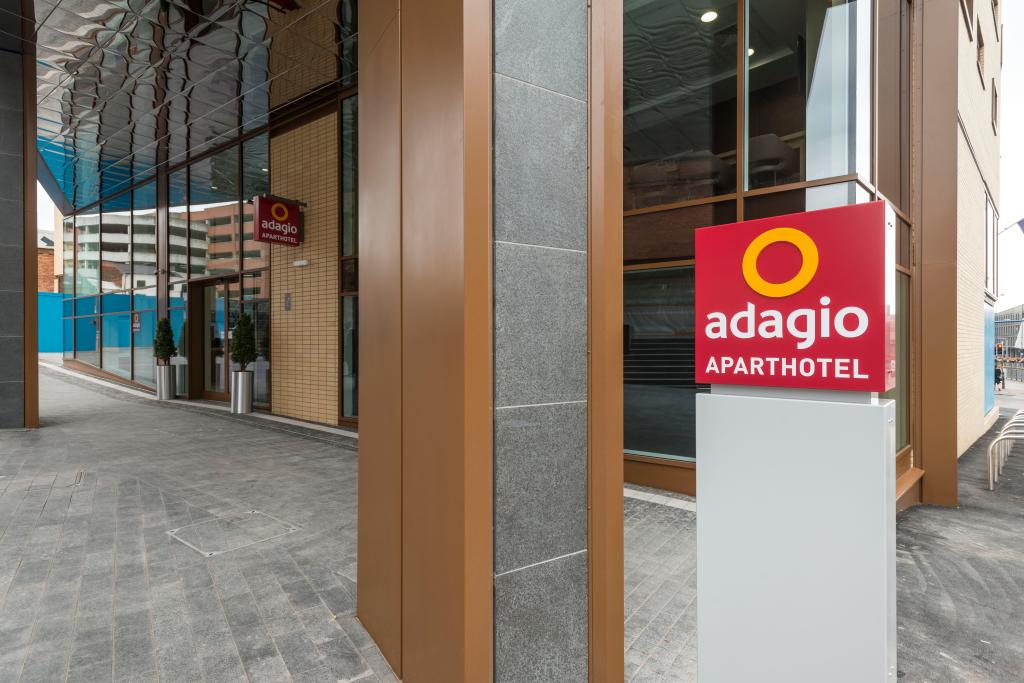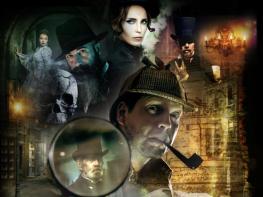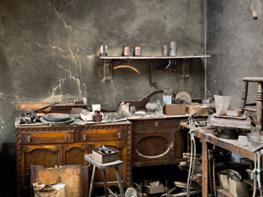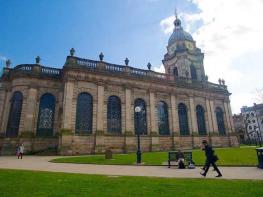The former Birmingham Eye Hospital has become a chic and sophisticated hotel. The stylish, high-…
Birmingham’s Jewellery Quarter

Explore the sites of Birmingham – both old and new
4 miles (6.4kms)
About the walk
Birmingham’s growth in the Industrial Revolution was vast and overwhelming. The quiet country town of the 16th century had been subsumed by one of the world’s first manufacturing cities by the middle of the 18th century, though it wasn’t until 1889 that Queen Victoria recognised its city status with a royal charter.
A hallmark’s origin
Foremost amongst those who created this industrial powerhouse was Matthew Boulton (1728–1809), whose partnership with Scottish engineer James Watt (1736–1819) developed a pioneering steam engine. Boulton was first and foremost a manufacturer, with a speciality in buttons and buckles. From his huge Soho Manufactory on the north side of the town he expanded into coins, silver plate and other items.
Boulton’s enterprise was hampered by its distance from the nearest Assay Office in Chester. Goods were lost, damaged, copied or stolen on the journey between Birmingham and Cheshire. Teaming up with the cutlers of Sheffield, Boulton petitioned in London for new local offices. Whilst there, he stayed in The Crown and Anchor Tavern on the Strand. When Sheffield and Birmingham received their new Assay Offices by an Act of Parliament in 1773, their new hallmarks were a crown (for Sheffield, it later became a rose), and an anchor (for Birmingham, the landlocked city 100 miles from the sea!).
Today Birmingham’s Assay Office is the busiest in the world, handling over 12 million items every year. It is due to move from its Victorian home in Newhall Street to new purpose built offices on Icknield Street in the next few years. More than 400 jewellery businesses still work in the area north of Birmingham’s city centre, which is still known as the Jewellery Quarter. Its buildings, canals and churches reflect the fortunes of the city as a whole, with wealth, decline and regeneration a continuous theme.
This walk also takes in some of the newer parts of the city centre, with the new library an outstanding feature, alongside Brindley Place and the 1980s Gas Street Basin. The canalside paths take you swiftly and quietly from bustling street to bustling street, in a scale and dimension that seems unique to Birmingham.
Walk directions
From the car park, walk down Northwood Street and go left into Caroline Street. At the end of the street, continue ahead into the churchyard of St Paul’s Church, the so-called Jeweller’s Church, then walk up Ludgate Hill. Proceed over the Birmingham and Fazeley Canal and cross the footbridge over Great Charles Street Queensway. Continue up Church Street and into Colmore Row to see the impressive Birmingham Cathedral (St Philip’s).
With your back to the cathedral, turn left and walk along Colmore Row into Victoria Square, passing by the Museum and Art Gallery, Town Hall and Council House. Bear right into Paradise Forum past the Central Library, then cross the walkway into Centenary Square to pass the Hall of Memory war memorial, the new Library for Birmingham and The Rep Theatre. Bear left, across Broad Street, into Bridge Street. Go right in 100yds (91m) to descend to the Worcester and Birmingham Canal, and the Gas Street Basin. Go left past The James Brindley and cross the canal, via a mooring pontoon and a footbridge, before going right along the tow path past The Tap and Spile pub and beneath Broad Street to Water’s Edge, passing the National Sea Life Centre in Brindley Place.
Continue ahead over a footbridge and beneath a footbridge numbered 68, along the tow path beneath Sheepcote Street Bridge to St Vincent Bridge. Cross it and descend to the tow path on the other side of the Birmingham Main Line Canal, heading back towards the city centre.
Bear left at the Old Turn Junction and walk along the tow path on the left-hand bank of the Birmingham and Fazeley Canal, passing the National Indoor Arena and beneath Tindal Bridge – ahead is the British Telecom Tower. Descend past flights of canal locks and cross canal bridge then turn left onto Fleet Street to shortly turn left into Newhall Street.
Go left along Newhall Street which becomes Graham Street, then right along Frederick Street past the Argent Centre to see the Jewellery Quarter clock tower. Turn left into Warstone Lane, then just after passing the gateway to the Warstone Lane Cemetery go right up a pathway into the cemetery, past the catacombs, to Pitsford Street.
Go right to Vyse Street, then left to the main Jewellery Quarter. Continue right into Hockley Street and then go to the right of The Jewellers Arms pub down Spencer Street. Bear right into Caroline Street, then go left to return along Northwood Street to the car park.
Additional information
Tow paths and street pavements
City centre buildings, factories and canals
On lead at all times
OS Explorer 220 Birmingham, or AA Street by Street: Birmingham, Wolverhampton
Northwood Street pay-and-display car park
Vyse Street
WALKING IN SAFETY
Read our tips to look after yourself and the environment when following this walk.
Find out more
Also in the area
About the area
Discover West Midlands
After Greater London, the West Midlands is the UK’s biggest county by population, and after London, Birmingham is the UK’s largest city. There’s a lot to seek out here – it has a vibrant culture, with exceptionally good nightlife. Coventry used to be more important than Birmingham, until the 18th century when the Industrial Revolution started and Brum forged ahead.
Apart from Lady Godiva, Coventry is best known for its cathedrals. The medieval parish church became a cathedral in 1918, but the Blitz on Coventry in 1940 left only the spire and part of the walls. After the war, it was decided to build a new cathedral alongside linked to the ruins.
Dudley was one of the birthplaces of the Industrial Revolution, and this history is reflected in its architecture and the Black Country Living Museum, a recreation of an industrial village, with shops and a pub, cottages and a chapel. Stourbridge is also worth a visit, mainly due to its involvement in glassmaking, which has been going on since the 17th century, and is still a part of the town’s culture; there’s a glass museum and a bi-annual glass festival.
Nearby stays
Restaurants and Pubs
Nearby experiences
Recommended things to do
Why choose Rated Trips?
Your trusted guide to rated places across the UK
The best coverage
Discover more than 15,000 professionally rated places to stay, eat and visit from across the UK and Ireland.
Quality assured
Choose a place to stay safe in the knowledge that it has been expertly assessed by trained assessors.
Plan your next trip
Search by location or the type of place you're visiting to find your next ideal holiday experience.
Travel inspiration
Read our articles, city guides and recommended things to do for inspiration. We're here to help you explore the UK.







